In the whirlwind of lectures, assignments, and social commitments, students often feel overwhelmed. Stress, lack of sleep, and constant digital distractions can take a toll on mental clarity and emotional well-being. But what if you could build resilience, improve focus, and reduce anxiety—in just 12 minutes a day?
Mindfulness doesn’t require hours of meditation or expensive gear. It’s a practical, science-backed practice that fits into even the busiest schedules. This guide shows students how to build a sustainable mindfulness habit with minimal time and no special equipment—just your breath, attention, and intention.
Mindfulness is the practice of paying attention to the present moment without judgment. It means noticing your thoughts, feelings, and bodily sensations as they happen—without reacting or getting caught up in them.
For students, mindfulness can improve concentration, reduce test anxiety, enhance emotional regulation, and even support better sleep. Studies show that regular mindfulness practice can increase gray matter in brain regions linked to learning and memory.
You don’t need to sit for an hour to benefit. Just 12 minutes a day—broken into manageable segments—can make a meaningful difference. Here’s a simple, realistic structure designed for student life:
Start your day with intention. Before checking your phone, sit up in bed or on a chair, feet flat on the floor. Close your eyes and focus on your breath for four minutes.
Breathe in slowly through your nose for four counts, hold for one, and exhale through your mouth for six. Let your thoughts come and go like clouds. This brief pause sets a calm tone for the day.
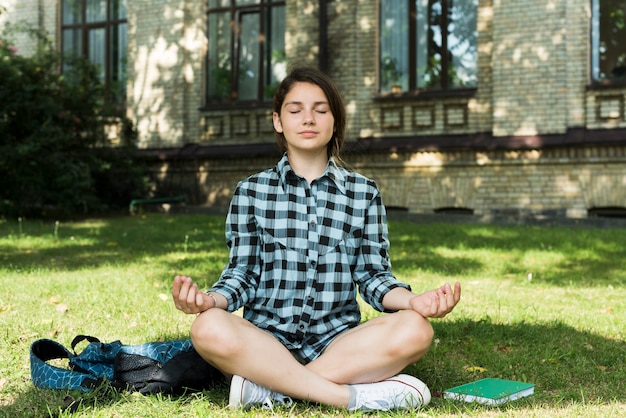
Between classes or during a study break, take four minutes to reset. Find a quiet corner, bench, or even a bathroom stall if needed.
Practice the 5-4-3-2-1 technique: Name 5 things you see, 4 things you can touch, 3 things you hear, 2 things you smell, and 1 thing you taste. This sensory check-in brings you back to the present and reduces mental clutter.
Before bed, reflect on your day without judgment. Sit or lie down comfortably and ask yourself three questions:
This short journaling or mental reflection helps process the day and promotes emotional balance.
Mindfulness isn’t just about sitting still. You can practice it while walking to class, eating lunch, or even during gym time. The key is awareness.
For example, when walking, notice the rhythm of your steps, the feeling of air on your skin, and the sounds around you. When eating, chew slowly and savor each bite. These micro-moments of attention add up.
The gym can be a powerful space for mindfulness. Instead of scrolling on your phone between sets, use those moments to check in with your body.
Focus on your breathing, muscle engagement, and form. This not only enhances workout effectiveness but also promotes safety by reducing distractions that lead to injury.
Practice gym mindfulness by:

You don’t need cushions, apps, or fancy tools. All you need is your body and attention. However, if helpful:
But remember: simplicity is strength. The less you rely on tools, the more sustainable your practice becomes.
"I don’t have time." — 12 minutes is less than 1% of your day. Start with 4 if needed.
"I can’t stop thinking." — That’s normal. Mindfulness isn’t about stopping thoughts, but noticing them without judgment.
"It feels awkward." — Like any skill, it gets easier with practice. Be patient with yourself.
Link mindfulness to existing habits: after brushing your teeth, before opening your laptop, or right after your last class. Habit stacking makes it stick.
Consistency matters more than duration. Even on chaotic days, do one minute of mindful breathing. Small efforts compound over time.
Mindfulness isn’t a luxury—it’s a survival tool for student life. In just 12 minutes a day, you can build mental resilience, improve focus, and create space for calm amidst the chaos.
No special gear. No perfect conditions. Just you, your breath, and your present moment. Start today—your mind will thank you.

Wellness

Wellness

Wellness

Wellness

Wellness

Health
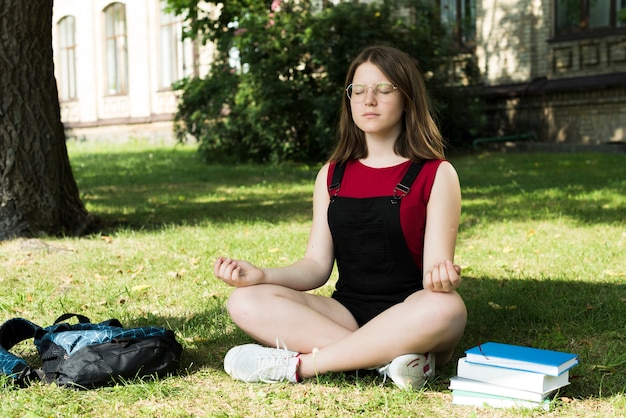
Wellness
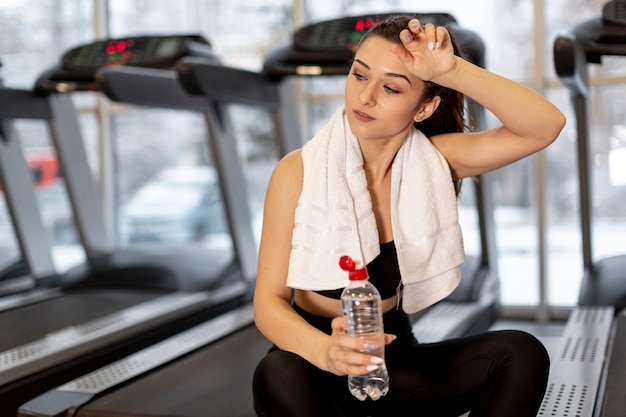
Fitness
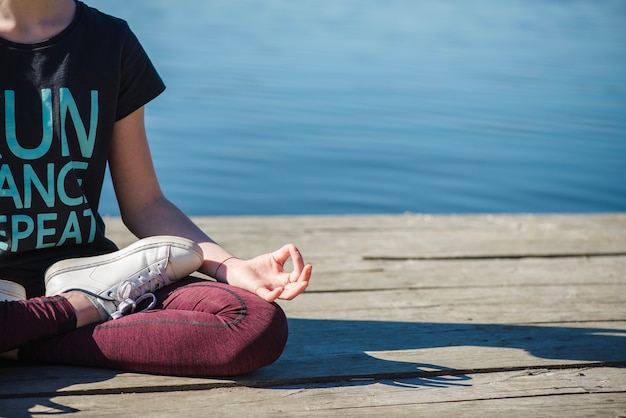
Wellness
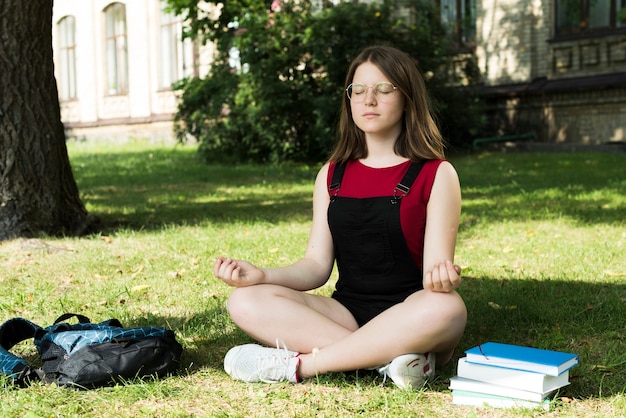
Wellness

Wellness

Wellness

Health

Fitness

Health

Health